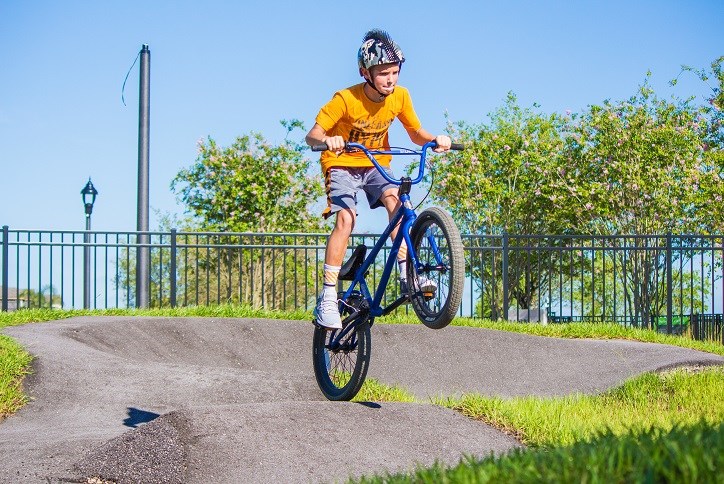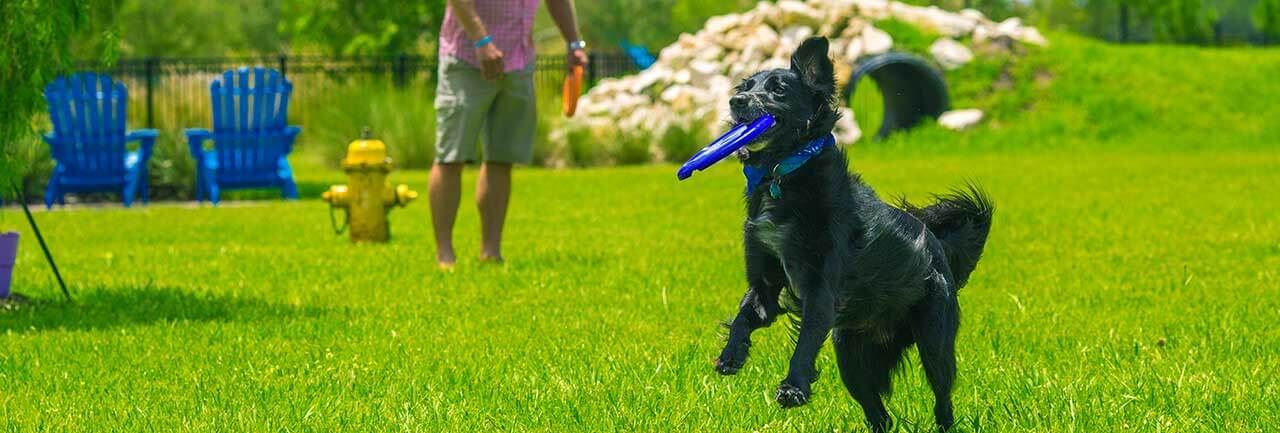
17 November . 2016
Making Tracks: The Designers Behind Bexley's Pumptrack
Published November 2016
Get pumped with Elite Trax, the pumptrack designers responsible for the 2016 Summer Olympics pumptrack in Rio -- and the one right here in Bexley. Come along for the ride with Johan Lindstrom, Elite Trax’s CEO, as he explains what went into building Bexley’s track.
Why is it called a pumptrack?
The term “pumptrack” comes from the way riders pump their arms and legs to gain momentum on the obstacles and turns. If you’re good, you don’t pedal at all, you just use your arms and legs.
How did you end up building the track at Bexley?
We’ve been building BMX tracks for many years, but lately we’ve also been designing smaller tracks as well. When Avid, the company developing Bexley’s trails, was looking for a partner to do a pumptrack, they teamed up with us. We’ve done quite a few pumptracks in state and county parks, but this is the first time we’ve built a pumptrack within a new community. It’s basically a playground for kids and grown-ups with bikes: Anyone four years old and up can ride it on any kind of bike. There are humps and bumps and turns, but the obstacles are no taller than 3 feet. You can ride around and around the closed loop -- the length of the pumptrack is only about 100 or 150 feet, but it’s a real workout to do a few laps. I wish I had had one in my neighborhood growing up!
How did you get involved with biking?
In the late ‘80s, I lived in the mountains in Sweden. I loved being a skier and found I could get the same sensation in the summer riding a bike downhill. Later, I started working for the International Cycling Federation and was the one who spearheaded the idea of pitching BMX to the Olympic Games. It’s now been an Olympic sport since 2008!
Tell us about the track you built at the Olympics.
Our main business is building big BMX tracks for events like world championships and the Olympics. The Olympic BMX track was the size of a football field, 10 to 15 times bigger than the one at Bexley, with much smaller obstacles. Building the track in Rio took a couple of years and a lot of hard work, but obviously that comes with a great reward once all eyes are on the Olympics.
How did you design Bexley’s track?
There are actually two pumptracks, one for beginners and small kids and one that’s a little more advanced that even a professional would enjoy riding. We built it with asphalt so it’s maintenance free. We use crushed concrete at the base to shape the obstacles and then put a four-inch layer of asphalt on top. Nothing is flat, so it’s all handwork with shovels and rakes. It’s hard work and time consuming, but the end result is fantastic. The pumptrack is next to the playground so they complement each other. I took my seven-year-old son over there when we were finishing up the track in September and I couldn’t get him off it!

